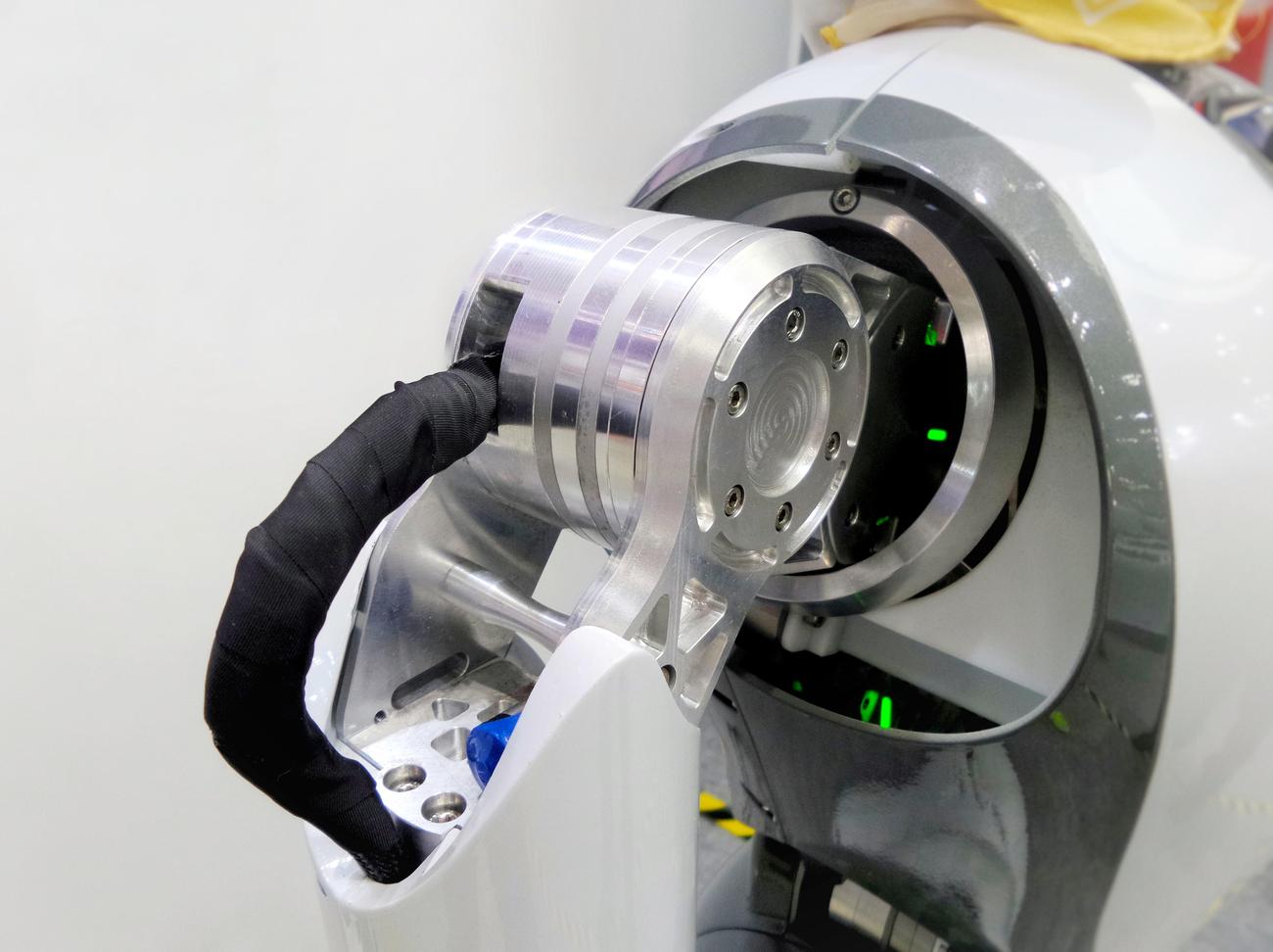Are you ready to dive into the captivating world of robotics? In this article, we will unravel the mesmerizing advancements in this rapidly evolving field. From the intricate mechanisms to the mind-boggling algorithms, robotics holds the promise of revolutionizing countless aspects of our lives. Join me on this exciting journey as we explore how these remarkable creations are reshaping industries, transforming healthcare, and paving the way for a future that once seemed like science fiction.

Robotics
Robots have come a long way since their inception and continue to advance at an astonishing pace. From the early days of mechanical contraptions to the cutting-edge technology we see today, the field of robotics has witnessed fascinating advancements. In this article, we will explore some of the key developments in robotics and delve into their practical applications.
The Birth of Robotics
The term “robotics” was born out of the word “robot,” which was coined by Czech writer Karel Čapek in his play R.U.R. (Rossum’s Universal Robots) back in 1920. However, the foundation of practical robotics was laid by Norbert Wiener, who formulated the principles of cybernetics in 1948. This marked a significant turning point, as it provided the basis for the development of robots as we know them today.
The Rise of Programmable Robots
One of the most significant milestones in robotics was the introduction of the first digitally operated and programmable robot known as the Unimate in 1961. This groundbreaking invention revolutionized the industrial sector, paving the way for the use of robots in various industries such as manufacturing, assembly, packaging, mining, transport, surgery, weaponry, and more.
“The Unimate opened up a new era of automation, enabling tasks to be performed more efficiently and reliably than ever before.”
The Diversity of Robots
The world of robotics is incredibly diverse, with robots designed for specific tasks in specific environments. They can vary in shape, size, and functionality, but all share a common foundation—mechanical construction and electrical components. These elements are crucial for ensuring the robot’s ability to achieve its assigned tasks effectively.
Advancements in Robotic Control and Operation
As robotics continues to evolve, researchers are constantly exploring new ways to control and operate robots. This ongoing research aims to enhance their capabilities and enable them to navigate complex tasks with ease. Through the use of perception, planning, and execution, robots can perform intricate operations that were previously unimaginable.
“By developing innovative control mechanisms, we can unlock new possibilities for robots, empowering them to surpass their limitations and excel in diverse environments.”
The Impact of Robotics
The advancements in robotics have had a profound impact on various industries and aspects of our lives. By employing robots, businesses can streamline their operations, increase efficiency, reduce costs, and improve overall productivity. Additionally, robots are increasingly being used in areas where human involvement may be risky or impractical, such as hazardous work environments or delicate surgical procedures.
“The integration of robotics into society is reshaping industries, enhancing safety, and transforming the way we live and work.”
The Future of Robotics
Looking forward, the realm of robotics holds endless possibilities. As technology continues to advance, we can expect even more sophisticated robots that push the boundaries of what is currently achievable. Researchers are exploring advancements in artificial intelligence, machine learning, and sensor technology, which will enable robots to become more autonomous, adaptable, and intelligent.
“The future of robotics holds the promise of a world where robots seamlessly collaborate with humans, revolutionizing industries and transforming the way we interact with technology.”
In conclusion, the world of robotics is constantly evolving, with exciting advancements being made every day. From the birth of robotics to the rise of programmable robots and the diverse range of applications, this field continues to captivate and astound us. With each technological leap, we are one step closer to a future where robots play a vital role in enhancing our lives. So, buckle up and prepare to be amazed as we continue to unlock the full potential of robotics.
[Tables and Figures (if applicable)]
[Table: Example Robotics Applications]
| Industry | Robotic Applications |
|---|---|
| Manufacturing | Automated assembly lines, pick and place tasks |
| Healthcare | Surgical assistance, patient care |
| Logistics | Warehouse automation, package sorting |
| Mining | Automated excavation, drilling |
| Defense | Unmanned aerial vehicles, bomb disposal |
Pros:
– Increased efficiency and productivity
– Enhanced safety in hazardous environments
– Improved precision and accuracy
– Reduced labor costs
Cons:
– Initial high investment costs
– Potential job displacement
– Reliance on power sources (e.g., batteries)
Remember, the world of robotics is not just a realm of sci-fi fantasies – it’s a reality that is constantly shaping our future. So, embrace the fascinating advancements in robotics, and get ready to witness the incredible potential they hold.
Drones have become a popular topic of conversation in recent years, and it’s no wonder why. The fascinating technology behind these unmanned aerial vehicles is enough to capture anyone’s attention. If you’re looking to dive deeper into the world of drones and discover some fascinating facts, look no further. Check out our comprehensive guide on the most intriguing facts about drones here. Prepare to be amazed as you learn about the incredible capabilities and various uses of these remarkable inventions. Don’t miss out on this opportunity to expand your knowledge and embrace the wonders of drone technology.
FAQ
Q: What is the goal of robotics?
A: The goal of robotics is to design machines that can help and assist humans.
Q: Where did the term “robotics” originate from?
A: The term “robotics” was derived from the word “robot,” which was introduced by Czech writer Karel Čapek in his play R.U.R. (Rossum’s Universal Robots) in 1920.
Q: Who formulated the principles of cybernetics that served as the basis of practical robotics?
A: Norbert Wiener formulated the principles of cybernetics in 1948, which served as the basis of practical robotics.
Q: When was the first digitally operated and programmable robot installed?
A: The first digitally operated and programmable robot, called the Unimate, was installed in 1961.
Q: What are some industries where robots are widely used today?
A: Robots are widely used in various industries such as manufacturing, assembly, packing and packaging, mining, transport, surgery, weaponry, and more.
- Uncover who is St Anthony: A Complete Biography - April 23, 2025
- How to Become Catholic: A Simple Guide to Your Faith Journey - April 23, 2025
- Understand What Does It Mean to Be Catholic Now: A Complete Guide - April 23, 2025
















